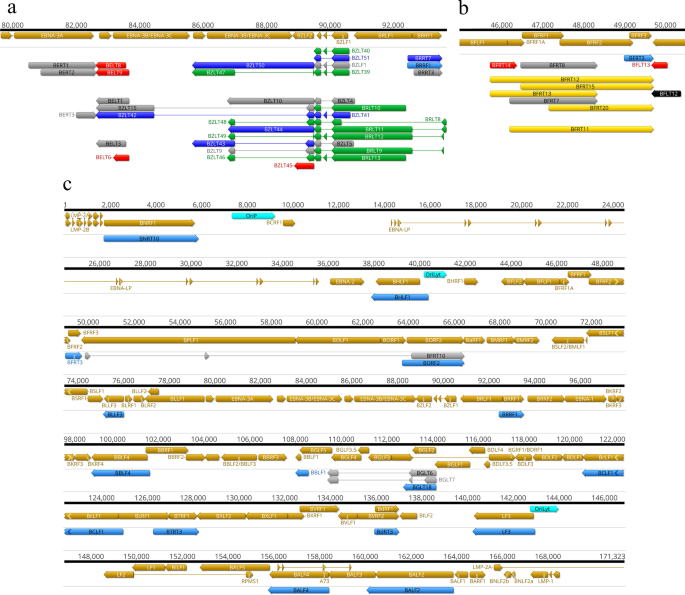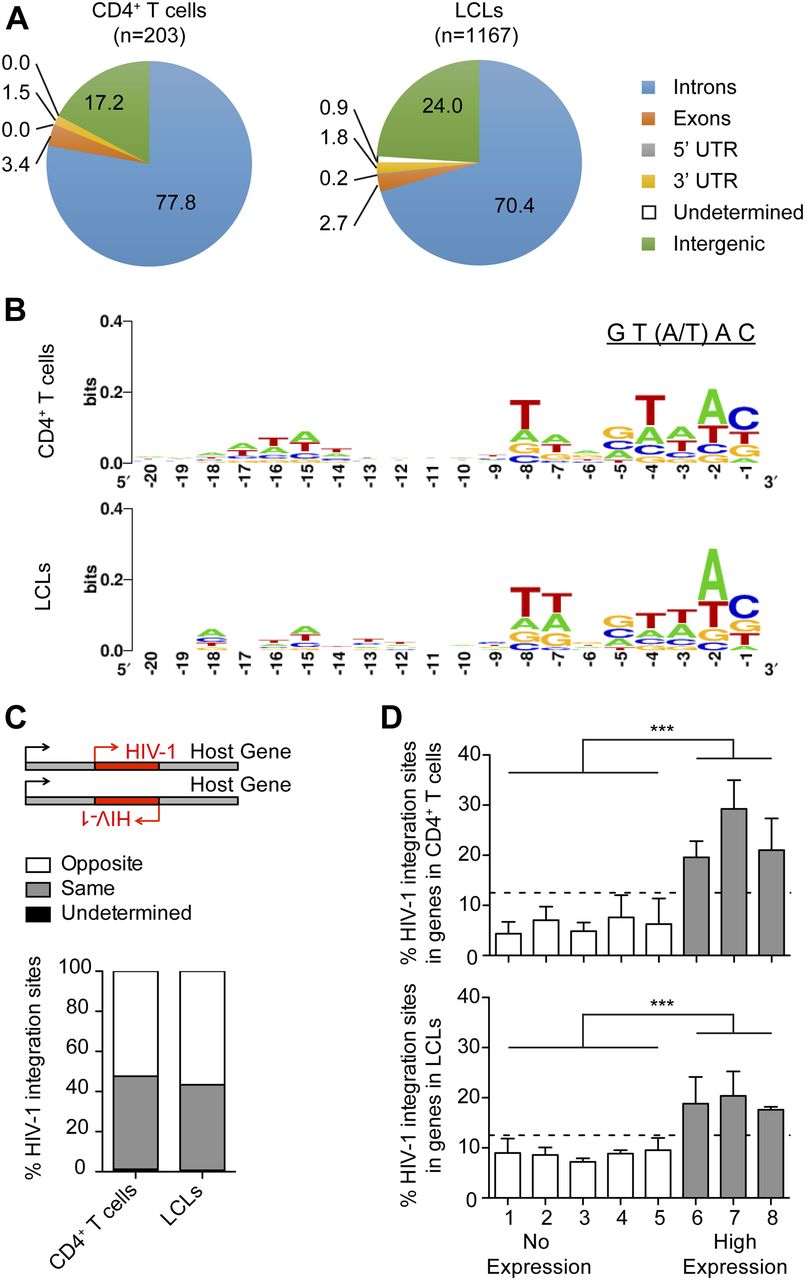Nucleic Acid Sequence-Based Amplification, a New Method for Analysis of Spliced and Unspliced Epstein-Barr Virus Latent Transcripts, and Its Comparison with Reverse Transcriptase PCR
Por um escritor misterioso
Last updated 26 abril 2025


Epstein–Barr virus co-opts TFIIH component XPB to specifically

Nucleic Acid Sequence-Based Amplification, a New Method for

Integrative profiling of Epstein–Barr virus transcriptome using a

Intron Retention May Regulate Expression of Epstein-Barr Virus

Genome-wide regulation of KSHV RNA splicing by viral RNA-binding

PDF) Nucleic acid sequence based amplification (NASBA) - prospects

BHRF1, the Epstein-Barr Virus (EBV) Homologue of the BCL-2 Proto

Rapid and effective detection of Macrobrachium rosenbergii

DNA nucleic acid sequence-based amplification-based genotyping for

EBV renders B cells susceptible to HIV-1 in humanized mice

PDF) Nucleic Acid Sequence-Based Amplification, a New Method for

RNA-based isothermal amplification technology and its clinical

Rapid and effective detection of Macrobrachium rosenbergii

Nucleic Acid Sequence-Based Amplification: Definition, Use



















